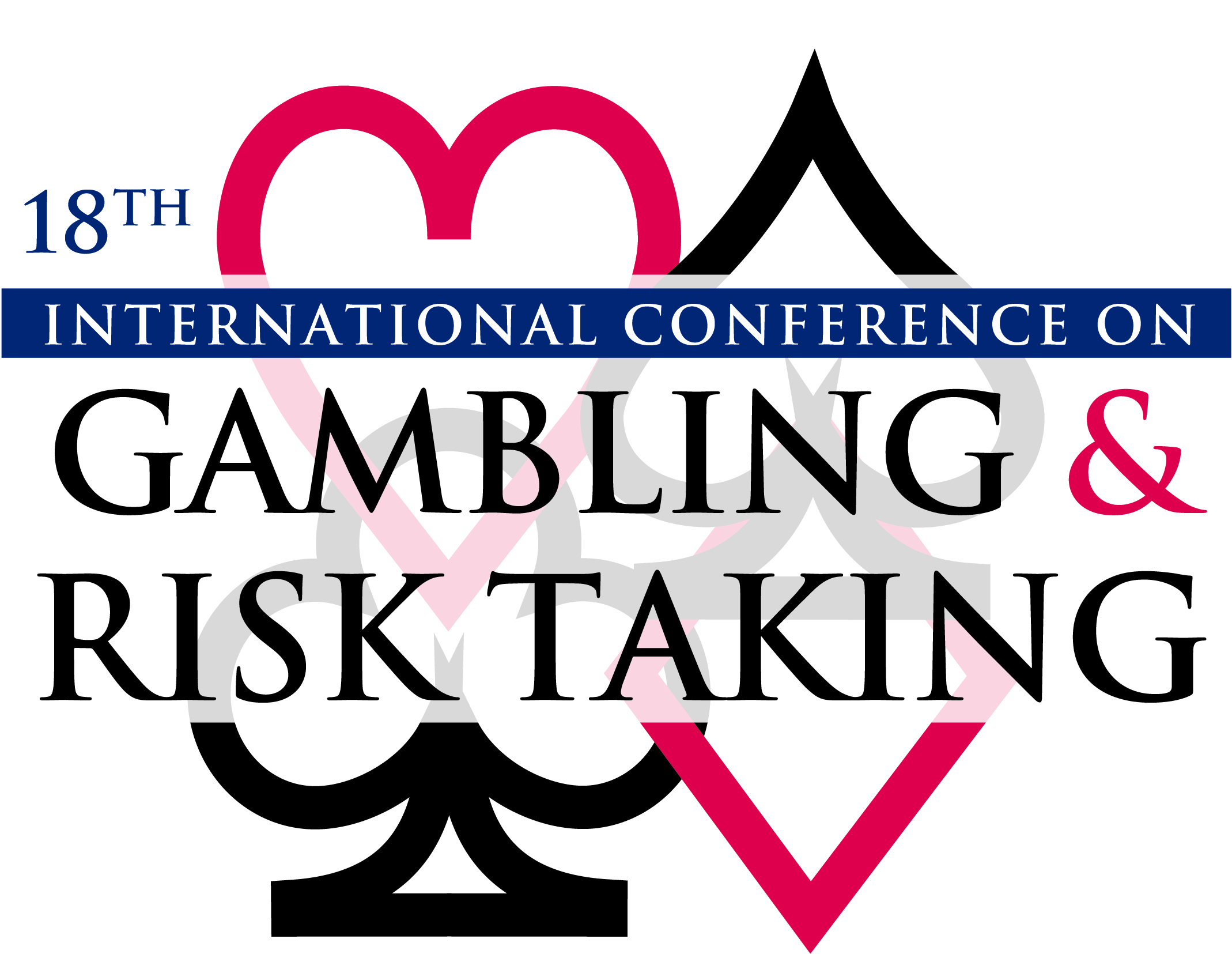Session Title
Session 1-3-C: Lightning Talks
Presentation Type
Lightning Talk
Location
Park MGM, Las Vegas, NV
Start Date
23-5-2023 1:45 PM
End Date
23-5-2023 3:15 PM
Disciplines
Other Public Health | Substance Abuse and Addiction
Abstract
Families of problem gamblers experience harms, however, there are no population level estimates as to how many families in Finland are exposed to at-risk and problem gambling (ARPG) of a family member. The study analyzed data from Finnish Gambling 2019, a nationally representative study with register linkage, to derive how many families are exposed to ARPG of a family member. It also examined whether the exposing to ARPG of a family member would be more common among low-income families or in families that had received social assistance.
The results showed that 9% of families were exposed to at-risk gambling (ARG) and 3% of families were exposed to moderate risk or problem gambling (MRPG) due to gambling of family member. These figures correspond to 176 084 families. Low-income families were not exposed more often to MRPG or ARG of a family member compared to families with higher income. However, families that had received social assistance were exposed more often to MRPG or ARG of a family member.
The results showed that many people were exposed to gambling of a family member, especially among families who were experiencing financial distress. This should be acknowledged when implementing preventive actions and gambling policies.
Implications of the material to be presented
The findings expand the knowledge about the affected others. The large number of families exposed to gambling of a family member justify that gambling harm reduction should be implicated at the population level.
Keywords
gambling, family, population representative, register study, low-income, social assistance
Funding Sources
Finnish Gambling 2019 study was funded by the Ministry of Social Affairs and Health, Finland, within the objectives of the §52 Appropriation of the Lotteries Act. Daily work of the authors at the Finnish Institute for Health and Welfare, Finland, was also funded by the Ministry. The funding body had no involvement in any aspects of the research.
Competing Interests
Competing interest: None declared.
At-risk and problem gambling in families - Finnish population-based study with register-linkage
Park MGM, Las Vegas, NV
Families of problem gamblers experience harms, however, there are no population level estimates as to how many families in Finland are exposed to at-risk and problem gambling (ARPG) of a family member. The study analyzed data from Finnish Gambling 2019, a nationally representative study with register linkage, to derive how many families are exposed to ARPG of a family member. It also examined whether the exposing to ARPG of a family member would be more common among low-income families or in families that had received social assistance.
The results showed that 9% of families were exposed to at-risk gambling (ARG) and 3% of families were exposed to moderate risk or problem gambling (MRPG) due to gambling of family member. These figures correspond to 176 084 families. Low-income families were not exposed more often to MRPG or ARG of a family member compared to families with higher income. However, families that had received social assistance were exposed more often to MRPG or ARG of a family member.
The results showed that many people were exposed to gambling of a family member, especially among families who were experiencing financial distress. This should be acknowledged when implementing preventive actions and gambling policies.
Implications of the material to be presented
The findings expand the knowledge about the affected others. The large number of families exposed to gambling of a family member justify that gambling harm reduction should be implicated at the population level.

